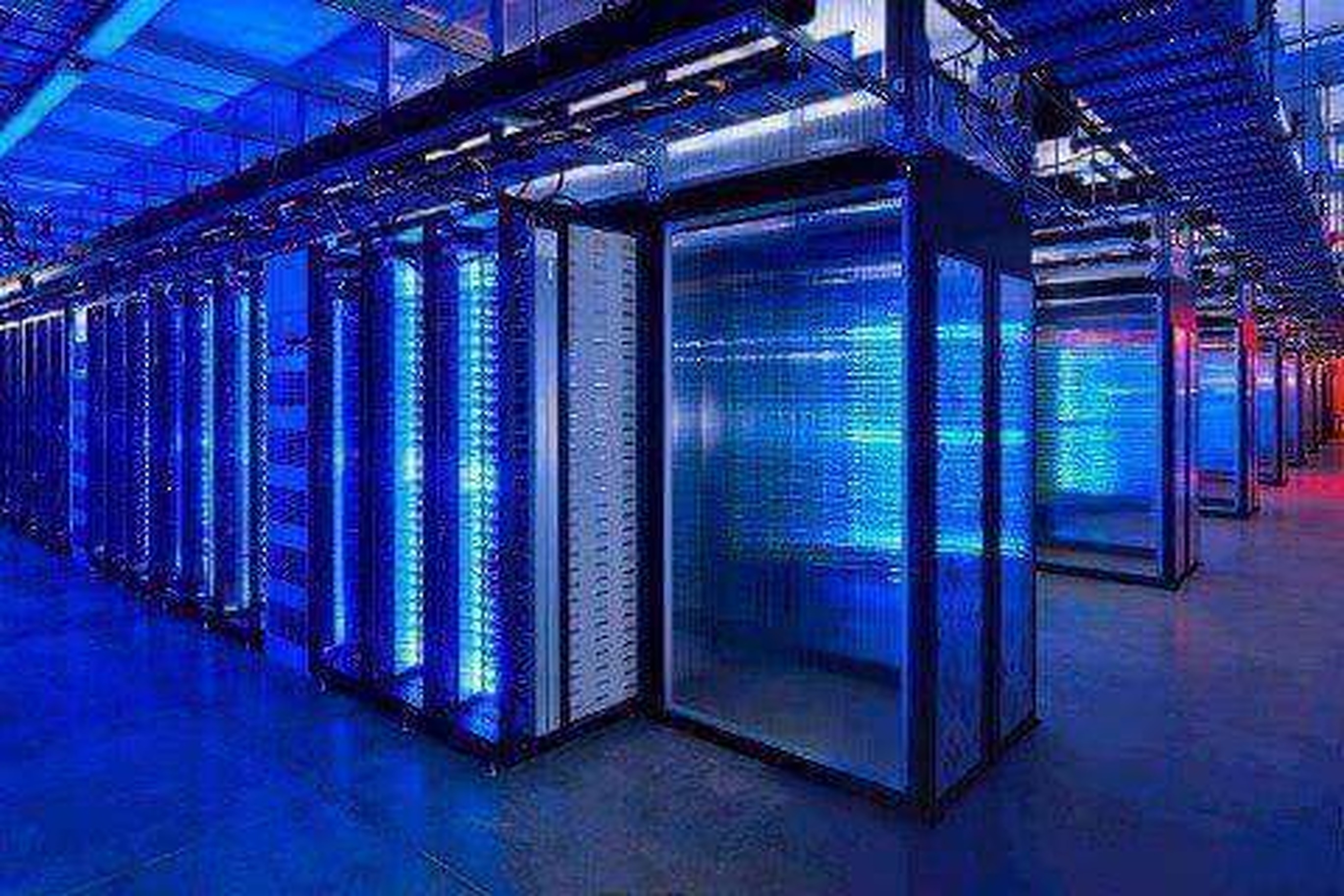Designing a Tiered Storage System with SAS and SATA
Optimizing for High Performance, Warm, and Cold Data
By Cameron T Brett
Introduction
In today’s data-driven world, enterprises need efficient and scalable storage solutions to manage massive volumes of information while optimizing costs and performance. A tiered storage approach allows organizations to balance high-speed data access with cost-effective capacity by using different storage technologies and strategically moving data between the tiers.
SAS (Serial Attached SCSI) and SATA (Serial ATA) play critical roles in tiered storage architectures, catering to diverse workload demands. SAS delivers high performance and reliability for mission-critical data, while SATA provides affordable storage for warm data—information that is accessed regularly but does not require ultra-low latency. A big differentiating capability of SAS is that it supports both SAS and SATA interfaces, as well as SSDs and HDDs. This makes the SAS interface unique, and it is mature and proven for tiered architectures. Let’s explore how to design a tiered storage system using SAS and SATA to meet application needs effectively.
Understanding Tiered Storage
What is Tiered Storage?
Tiered storage is an approach that combines different types of storage media to optimize performance, capacity, and cost. By categorizing data based on usage and access patterns, organizations can store critical information on high-performance drives while keeping less frequently accessed data on cost-effective solutions.
Typical storage tiers include:
- • High-performance storage: For frequently accessed, latency-sensitive workloads. SAS SSDs are commonly used for this tier.
- • Warm data storage: For data that needs to be available but isn’t constantly accessed. SATA SSDs are a good fit for warm data.
- • Cold storage: For long-term archival and backup needs, typically SAS or SATA nearline HDDs.
Why Use Tiered Storage?
A well-designed tiered storage system provides several key benefits:
- • Cost efficiency: Reduces expenses by using premium storage only where necessary. Also reduces expenses for power usage by using more power-efficient storage at lower tiers.
- • Performance optimization: Ensures critical workloads have the speed they require.
- • Scalability: Allows organizations to expand their storage as data volumes grow.
Role of SAS and SATA in Tiered Environments
SAS for High-Performance Tiers
SAS is designed for demanding workloads that require fast and reliable data access. Key advantages include:
- • High-speed data transfer and low latency for real-time analytics and transaction-heavy applications.
- • Dual-port connectivity for improved redundancy and high availability.
- • Optimized for enterprise workloads such as database management, AI training, and financial transactions.
SATA for Warm Data
SATA is ideal for storing warm data—frequently accessed but not mission-critical. Benefits include:
- • Cost-effective storage that provides ample capacity at a lower price per terabyte.
- • Good for media files, backups, and archival data that need regular access but not at top speed.
- • Reliability for non-critical workloads where ultra-fast response times are not required.
By combining SAS and SATA, organizations can create a storage infrastructure that meets both performance and budgetary needs.
Designing a Storage System to Fit the Application
Analyzing Application Needs
To design an effective tiered storage system, organizations should:
- • Assess workload performance and capacity requirements.
- • Determine the proportion of high-performance to warm data storage.
- • Identify data lifecycle patterns to optimize tiering strategies.
Combining SAS and SATA in a Unified System
A well-integrated SAS-SATA storage system ensures seamless operations by:
- • Deploying SAS SSDs in the high-performance tier for mission-critical data.
- • Utilizing SATA solid state drives for cost-effective warm data storage.
- • HDDs are a good fit for the cold/archival tier, typically nearline SATA, but could be SAS.
Managing Data Movement Between Tiers
Effective tiering requires automated tools and policies to move data dynamically. Considerations include:
- • Using software-defined storage (SDS) solutions to automate tiering.
- • Defining criteria for when data transitions from high-performance SAS to warm storage SATA.
- • Ensuring minimal disruption to applications when data migrates between tiers.
Benefits of a SAS + SATA Tiered Approach
Performance for Critical Workloads
SAS ensures that frequently accessed and latency-sensitive data is always available for high-priority applications. Access time in <100 microseconds.
Efficiency for Warm Data
By leveraging SATA for warm data, organizations can reduce storage costs without sacrificing accessibility, ensuring a balance between performance and affordability. Access in hundreds of microseconds.
Scalability of the Tiers
A tiered storage system using SAS and SATA allows for seamless scalability, enabling businesses to:
- • Easily expand storage capacity as data volumes increase.
- • Adapt to evolving workload demands without overhauling infrastructure.
Use Cases for Tiered Storage with SAS and SATA
A SAS + SATA tiered storage approach is effective across various industries and applications. A few examples include:
- • Enterprise applications: CRM, ERP, and databases require SAS for real-time transactions and SATA for historical data storage.
- • AI and machine learning: SAS supports fast AI model training, while SATA stores training datasets and intermediate results.
- • Media and entertainment: SAS drives handle video editing and rendering, while SATA is ideal for archiving finished projects.
Conclusion
A well-designed tiered storage system using SAS and SATA provides a seamless and reliable combination of performance, cost-efficiency, and scalability. By understanding workload requirements and implementing intelligent tiering strategies, businesses can ensure optimal data management for both mission-critical and warm data applications.
Are you ready to optimize your storage infrastructure? Explore tiered storage solutions based on SAS technology that balance speed and cost for your evolving data needs.










Leave a Reply